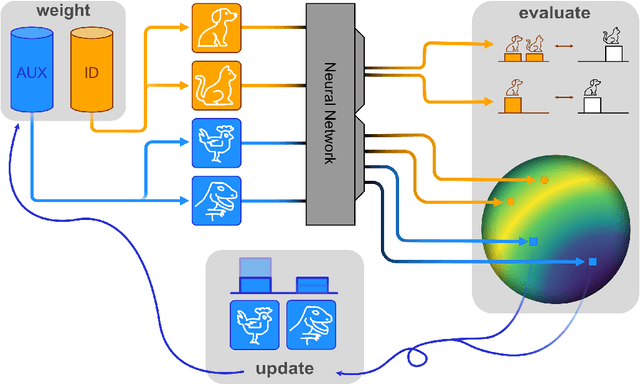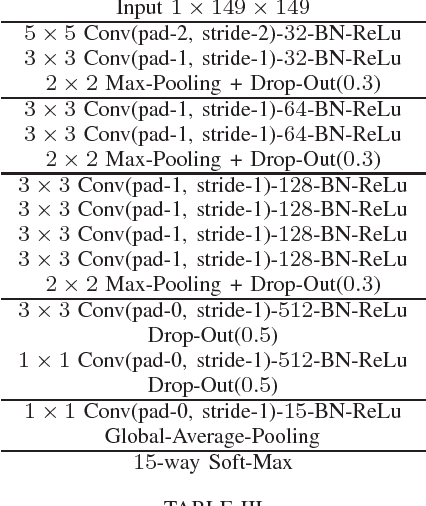Bernhard Lehner
Energy-based Hopfield Boosting for Out-of-Distribution Detection
May 14, 2024



Abstract:Out-of-distribution (OOD) detection is critical when deploying machine learning models in the real world. Outlier exposure methods, which incorporate auxiliary outlier data in the training process, can drastically improve OOD detection performance compared to approaches without advanced training strategies. We introduce Hopfield Boosting, a boosting approach, which leverages modern Hopfield energy (MHE) to sharpen the decision boundary between the in-distribution and OOD data. Hopfield Boosting encourages the model to concentrate on hard-to-distinguish auxiliary outlier examples that lie close to the decision boundary between in-distribution and auxiliary outlier data. Our method achieves a new state-of-the-art in OOD detection with outlier exposure, improving the FPR95 metric from 2.28 to 0.92 on CIFAR-10 and from 11.76 to 7.94 on CIFAR-100.
A Hybrid Approach with Multi-channel I-Vectors and Convolutional Neural Networks for Acoustic Scene Classification
Jun 20, 2017



Abstract:In Acoustic Scene Classification (ASC) two major approaches have been followed . While one utilizes engineered features such as mel-frequency-cepstral-coefficients (MFCCs), the other uses learned features that are the outcome of an optimization algorithm. I-vectors are the result of a modeling technique that usually takes engineered features as input. It has been shown that standard MFCCs extracted from monaural audio signals lead to i-vectors that exhibit poor performance, especially on indoor acoustic scenes. At the same time, Convolutional Neural Networks (CNNs) are well known for their ability to learn features by optimizing their filters. They have been applied on ASC and have shown promising results. In this paper, we first propose a novel multi-channel i-vector extraction and scoring scheme for ASC, improving their performance on indoor and outdoor scenes. Second, we propose a CNN architecture that achieves promising ASC results. Further, we show that i-vectors and CNNs capture complementary information from acoustic scenes. Finally, we propose a hybrid system for ASC using multi-channel i-vectors and CNNs by utilizing a score fusion technique. Using our method, we participated in the ASC task of the DCASE-2016 challenge. Our hybrid approach achieved 1 st rank among 49 submissions, substantially improving the previous state of the art.
 Add to Chrome
Add to Chrome Add to Firefox
Add to Firefox Add to Edge
Add to Edge